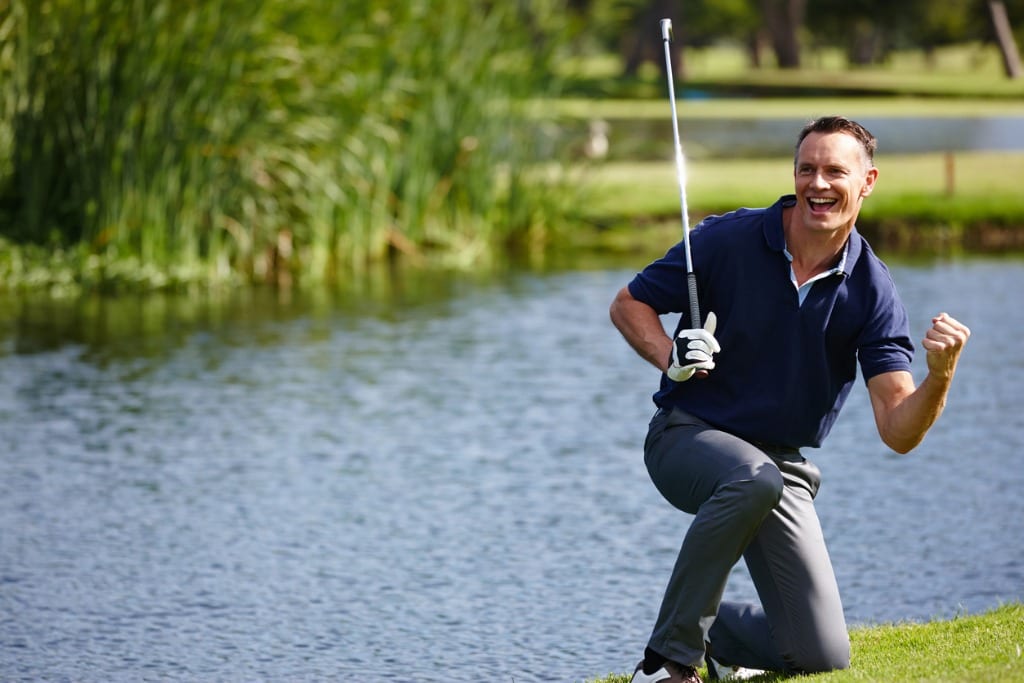
Golf is a game that requires a beautiful blend of mobility, stability, power, strength, and finesse. In this month’s blog we are going to highlight some of the important areas to focus your attention during the off-season to make sure you come out of the gates healthy, strong, and mobile for a great 2020 spring season.
Mobility:
Training and putting more attention to mobility during the off season will allow your muscles, joints, and fascia to get accustomed to the extreme ranges of motion that we put ourselves in as golfers. The areas of focus should be shoulders, thoracic spine (mid back), hips, and ankles.
Shoulder mobility in both external rotation and horizontal adduction (the ability for your shoulder go across your body). Improving these motions will allow a more fluid back swing, increased ROM, and increase club head speed.
Thoracic mobility is a must to be able to properly perform a golf swing. The joints of the thoracic spine must be able to rotate and extend freely to get to end range backswing then quickly de-rotate, flex, and rotate to the opposite side to perform the desired swing path.
Hip and ankle mobility are important factors to set our golf swing up for success from the ground up. Our feet and ankles must be mobile to keep them fixed into the ground but allow the movement required for the golf swing. If there are issues with mobility in these areas, they tend to create compensatory movements and impaired firing patterns throughout the golf swing. Ankle inversion, eversion, and dorsiflexion are required for a quality golf swing. The hips must be able to smoothly rotate in and out during the swing so having the range available is key to having a mobile but stable base.
-
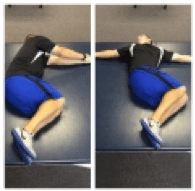
Golf mobility 1 -
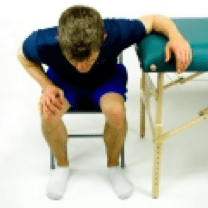
Golf mobility 2 -
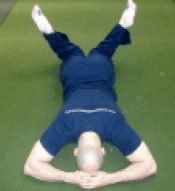
Golf mobility 3 -
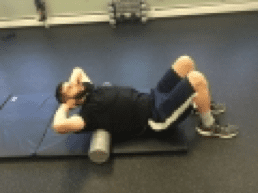
Golf mobility 4 -
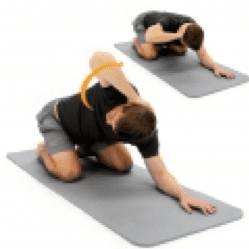
Golf mobility 5
Strength and Stability:
Along with being mobile we must also be strong in these ranges or we will not be able to use our mobility to benefit our games. Mobility without stability and strength is pointless as golfers because we have to use tension within our muscular slings to create power. Mobility combined with maximal tension production creates the ability for the muscles to produce force during a golf swing. Areas we should focus our attention are the chest, mid back, rotator cuff, core, and glutes.
We will discuss a lot more strength training ideas in our next blog so stay tuned for information on strength training and how golfers should strength train.
Repetitions:
We have all heard of muscle memory, right? Well muscle memory is not just a silly term we all use. It’s a process that involves the central nervous system, establishing neural pathways from our muscles to our brain and the more we train these pathways the more efficiently we utilize these pathways. We do not need to spend hours and hours at the range or in our garage to practice golf but we do need to keep these pathways firing throughout the golf off-season. Even if we are not able to hit during the colder months we should be working on parts of our game. Just swinging the club for 50-100 reps a few times a week could have a tremendous impact on how we feel and how we play when the weather breaks.
Short Game:
I am not a golf pro, but I do know that WE ALL could use some work on our short game. The winter months are a perfect time to clean up the putting stroke, work on chipping, and keep our minds in the game. This is a perfect time to slow down and really try to improve your game. To piggy-back off of the repetitions section of this blog muscle memory is a very important aspect of the putting stroke as well as the pitch.
We hope you enjoyed the read and have a few ideas of how to continue to work on your health, your game, and will be able to go low this spring. Thanks for your time!

Recent Comments